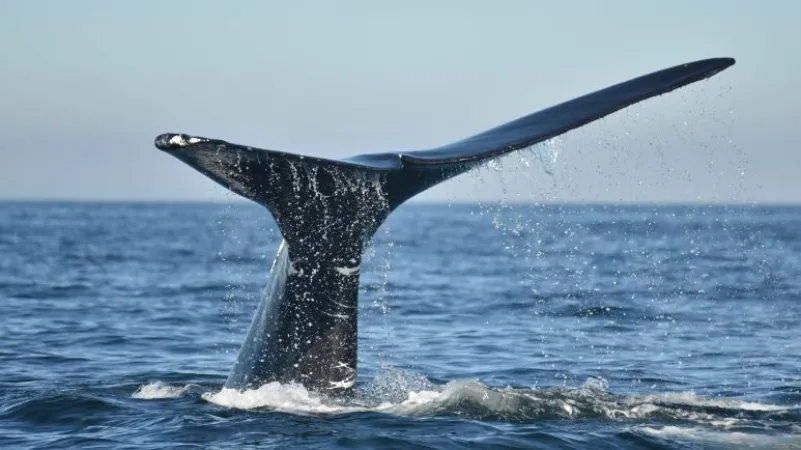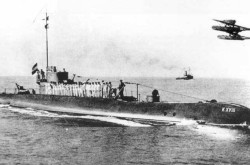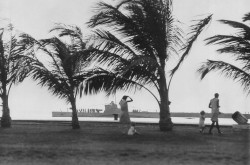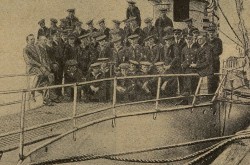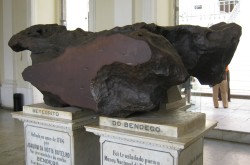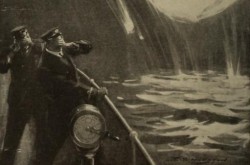Majestic giants: Getting to know the North Atlantic right whale

The North Atlantic right whale (Eubalaena glacialis) has a large head that takes up nearly a quarter of the length of its body. Right whales, which can grow up to 18 metres in length, can be recognized by:
- wide tail flukes and narrow tailstock, large paddle-shaped flippers and no fin on its back (no dorsal fin),
- black skin, with rough patches of skin that appear white called callosities that occur on their head, chin, and sometimes on the edge of their lower lips. Some right whales also have these white patches on the throat or belly. Each whale’s callosity pattern is unique, allowing scientists to recognize individual whales.
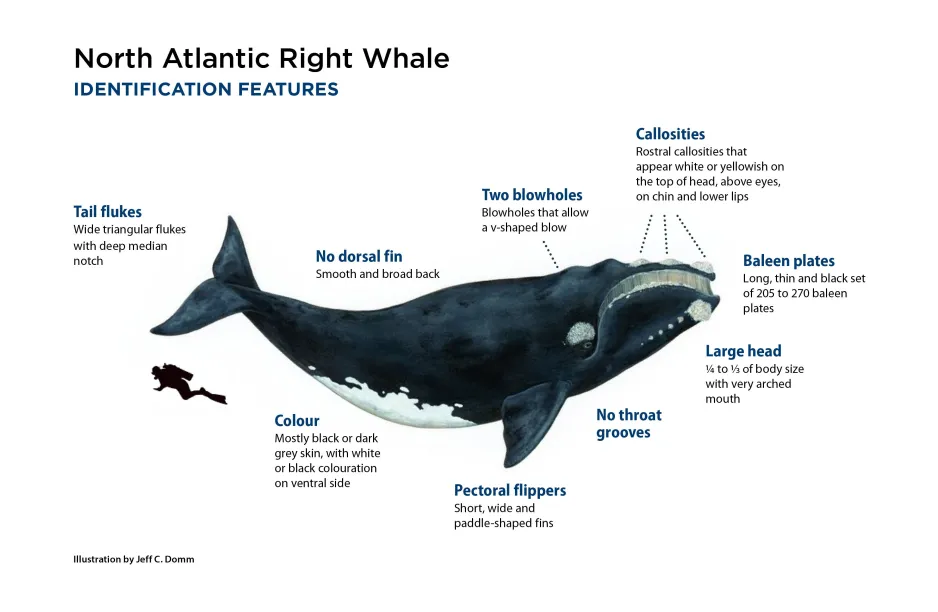
In a healthy ecosystem, and not disturbed, right whales can live at least 75 years. They are curious and acrobatic, often breaching and smacking the surface with their flippers and flukes (tails). Right whales generally dive for about 20 minutes at a time.
The distribution of North Atlantic right whales in Canadian waters has shifted since 2010, and they are using previously predictable habitat areas, such as the Bay of Fundy, less frequently (Davis et al. 2017). Significant aggregations of right whales have been observed in the southern Gulf of St. Lawrence (DFO 2019).
In the next article in this four-part series, learn how a whale named Glacier provided a case study in the decline of the North Atlantic right whale population.


